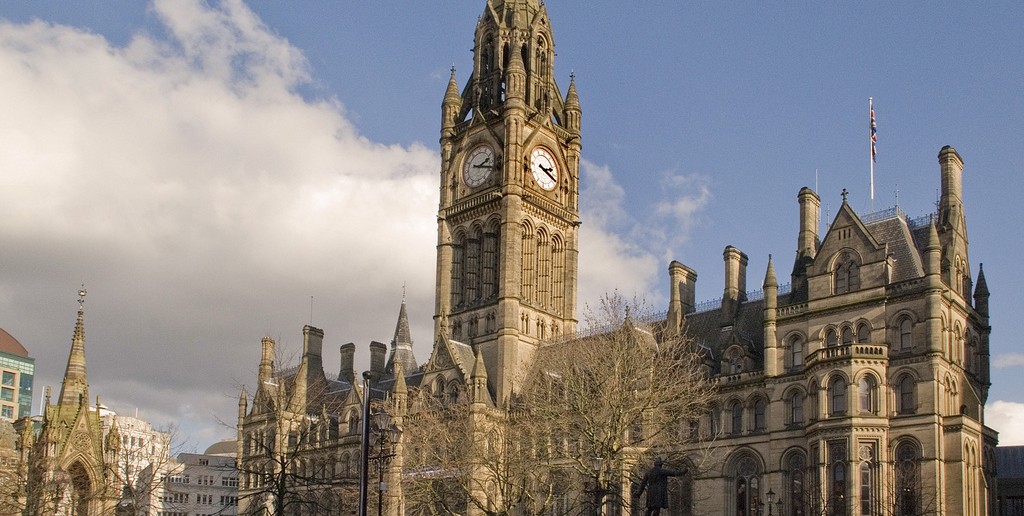
More than any other English city, Manchester is a toy box for serious Anglophiles
[caption id="ManchesterQueenoftheNorth_Feature" align="aligncenter" width="1024"]

It dominates the North of England on a plain separating the Peak District to the South from the sweeping moorlands of Yorkshire to the Northeast, and the meres and mountains of the Lake District in the Northwest. Lacking the vistas that make this neighboring countryside arguably the most beautiful in England, Manchester is not picturesque in any immediate way. Though bejeweled with gems of architecture, it has neither the all-of-apiece style that gives Bath its elegance nor the higgledy-piggledy charm that makes old market towns such as Chester so alluring. Home to Britain’s largest university, Manchester hasn’t the panoply of beautiful colleges that draws visitors to Oxford and Cambridge; its cathedral is handsome, but not as magnificent as those in Salisbury or Durham, nor as dramatic as the two from the 20th century that soar over Liverpool. Nonetheless, like a toy box, Manchester is packed with intriguing things to amuse, and visitors who dig deep into its treasures will be generously rewarded—not only with pleasure but also with new insight into the ways Manchester has shaped 21st-century England.
Manchester did none of this shaping until 1,600 years or so after its founding in AD 79 by the Roman legions who called it Mamucium. After the Romans left in 410, nothing more was heard of it until the Middle Ages, when it reappeared in recorded history as Manchester. By the 13th century it was a borough whose residents paid taxes, rather than owing duty to their lord. This gave them economic freedoms, and like their descendents centuries later, they clearly turned them to advantage because 16th-century traveler John Leland called Manchester “the best builded, quikkest and most populous tounne of Lancastreshire.”
Leland’s word “quikkest” meant most vigorous. Already a producer of linen, by 1552 Manchester and surrounding towns were famous for producing cotton goods. One reason was that the damp atmosphere of the Northwest helps to prevent threads from breaking as they are processed. Just as significantly, Manchester could harness fast Pennine streams for power. Then, when the age of steam got underway in the late 18th century, nearby mines supplied coal to run textile machines invented by Northern men such as John Kay, Richard Arkwright and Richard Crompton.
Machines vastly increased the quantity of cotton that could be spun and woven. Steam power could not be supplied to the cottages where spinners and weavers traditionally labored, however, so the workers had to move into the immense factories clanging with incessant machinery. Those mills quickly became a hallmark of Manchester, as did its forest of chimneys and the pall of smoke trapped over the city by the nearby mountains. It also became known for its people: for rich mill-owners—the dot-com entrepreneurs of their day—who saw and exploited the new technology; and for weary factory workers, most of them women and children, who labored as many as 70 or 80 hours a week. The living and working conditions were so dire that in 1842 the average age of death among Manchester’s working class was 17.
Many visitors were appalled. In 1849 American visitor Henry Colman wrote of “exhibitions of the most disgusting and loathsome forms of destitution and utter vice and profligacy.” Further details would make his very paper “offensive to the touch,” he feared. Charles Dickens provided a snapshot of a northern cotton-manufacturing city in his book Hard Times: “You saw nothing in Coketown [assumed to be Manchester] but what was severely workful….It was a town of red brick, or of brick that would have been red if the smoke and ashes had allowed it; but as matters stood it was a town of un-natural red and black like the painted face of a savage.” Most famously, Friedrich Engels, one of many German businessmen who made their home in Manchester, fueled Karl Marx’s economic theories with his Condition of the Working Class in England, which laid bare the fearful working conditions and “the disgraceful unhealthy slums of Manchester.”
Conversely, other visitors were entranced with the sheer energy of Manchester. For novelist and soon-to-be Prime Minister Benjamin Disraeli, Manchester in the 1840s was “the most wonderful city of modern times…as great a human exploit as Athens.” Count Alexis de Toqueville saw that the city was brutalizing but noted its achievement: “It is here that the human spirit becomes perfect.” Numerous people eulogized its sheer size and wealth. In 1810 the New Hampshire town of Derryfield renamed itself Manchester because the town fathers envisioned just such another city.
Manchester’s dichotomies live on today. Though the days of cotton have past, many of the monumental buildings financed by the wealth it generated remain. They include old mills and giant warehouses, municipal buildings and art galleries, museums and town squares. The human energies that once made Manchester into what historian Asa Briggs termed the “shock city” of its age also survive. “Manchester goods”—the term widely used for its cotton goods—no longer reach every corner of the globe, but its soccer team Manchester United is the most famous in the world, and the richest of any sports team anywhere. Its old rival Manchester City is also a premier team. Further, Manchester is home to Sale Sharks, the current English Rugby Union champions, as well as Old Trafford Cricket Ground, a venue for international test matches.
[caption id="ManchesterQueenoftheNorth_img1" align="alignleft" width="1016"]
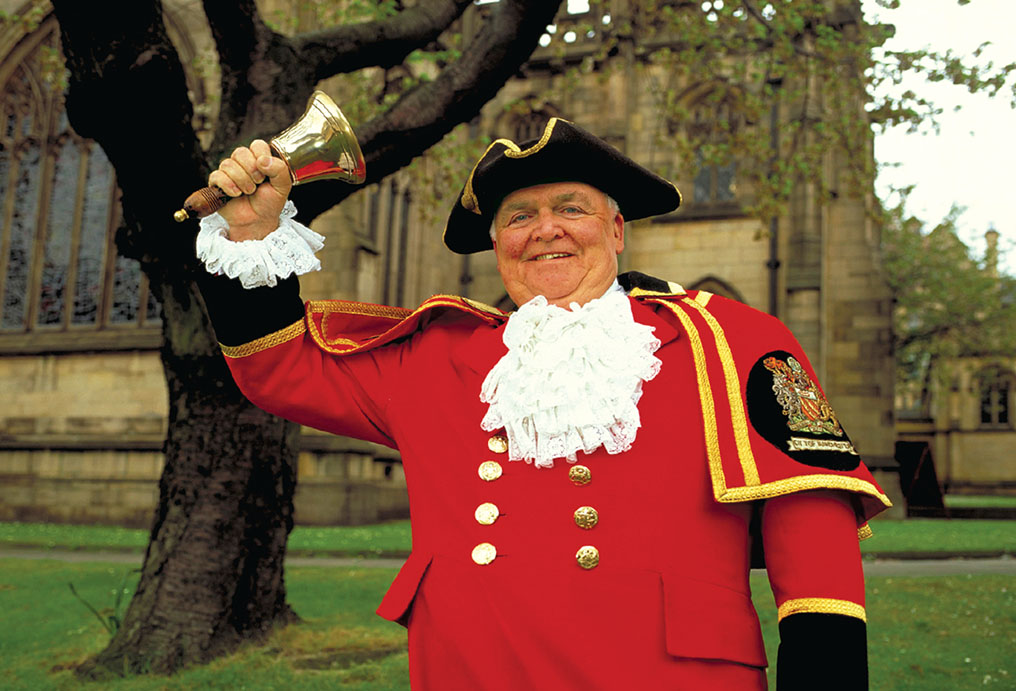
WWW.BRITAINONVIEW.COM
[caption id="ManchesterQueenoftheNorth_img2" align="aligncenter" width="1024"]

WWW.BRITAINONVIEW.COM
[caption id="ManchesterQueenoftheNorth_img3" align="aligncenter" width="790"]
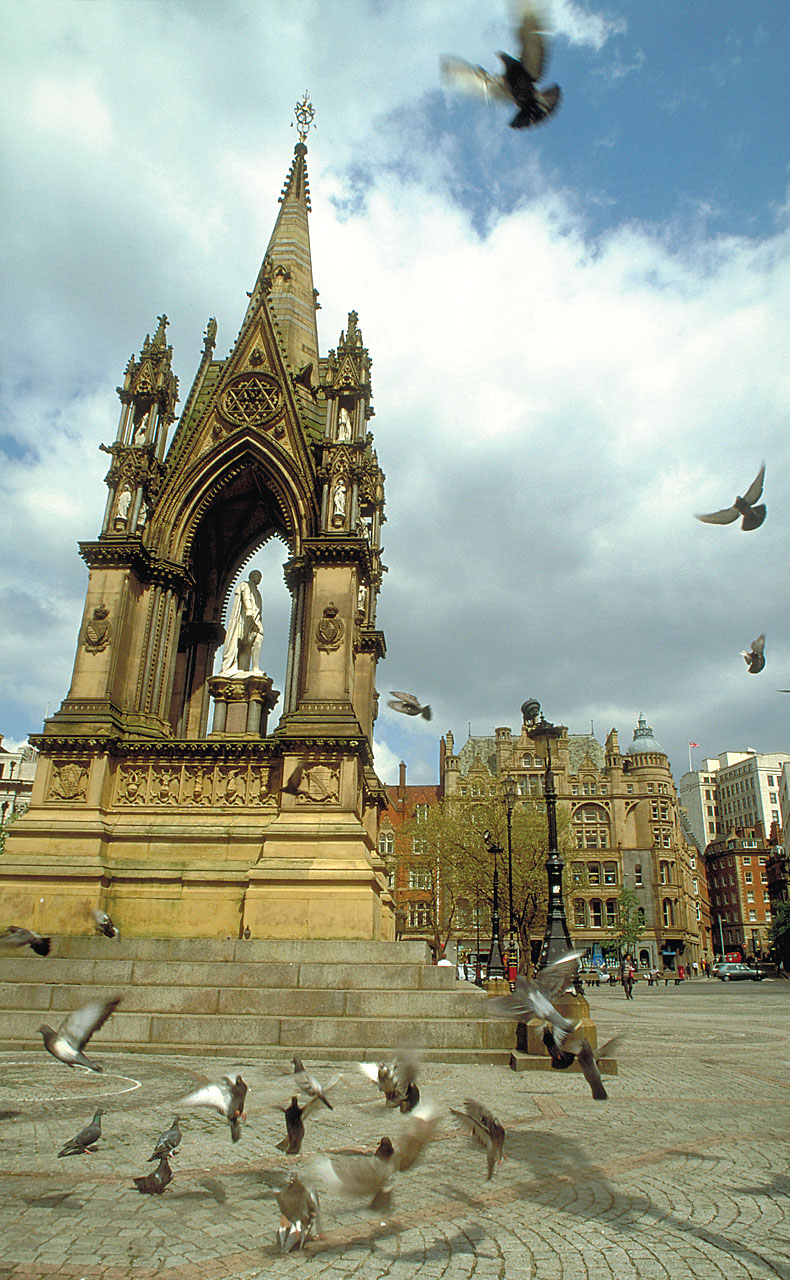
WWW.BRITAINONVIEW.COM
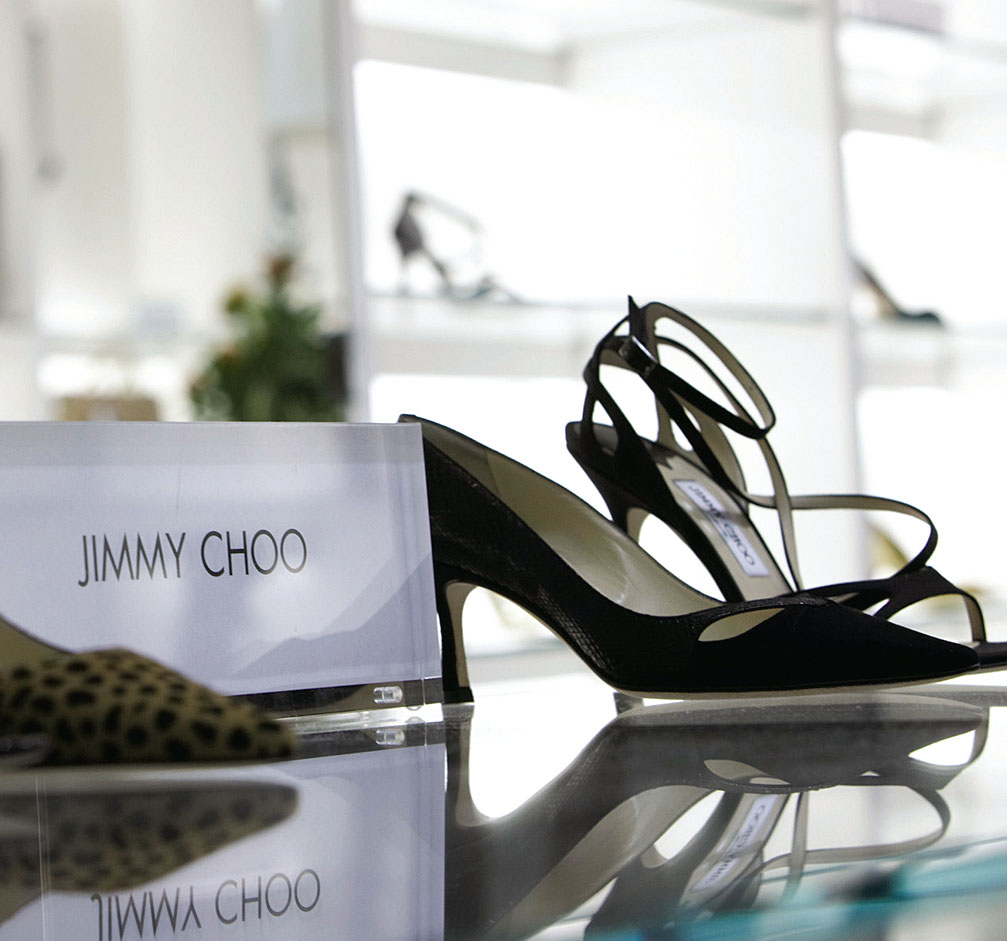
COURTESY OF MARKETING MANCHESTER

© LEN GRANT PHOTOGRAPHY/ALAMY
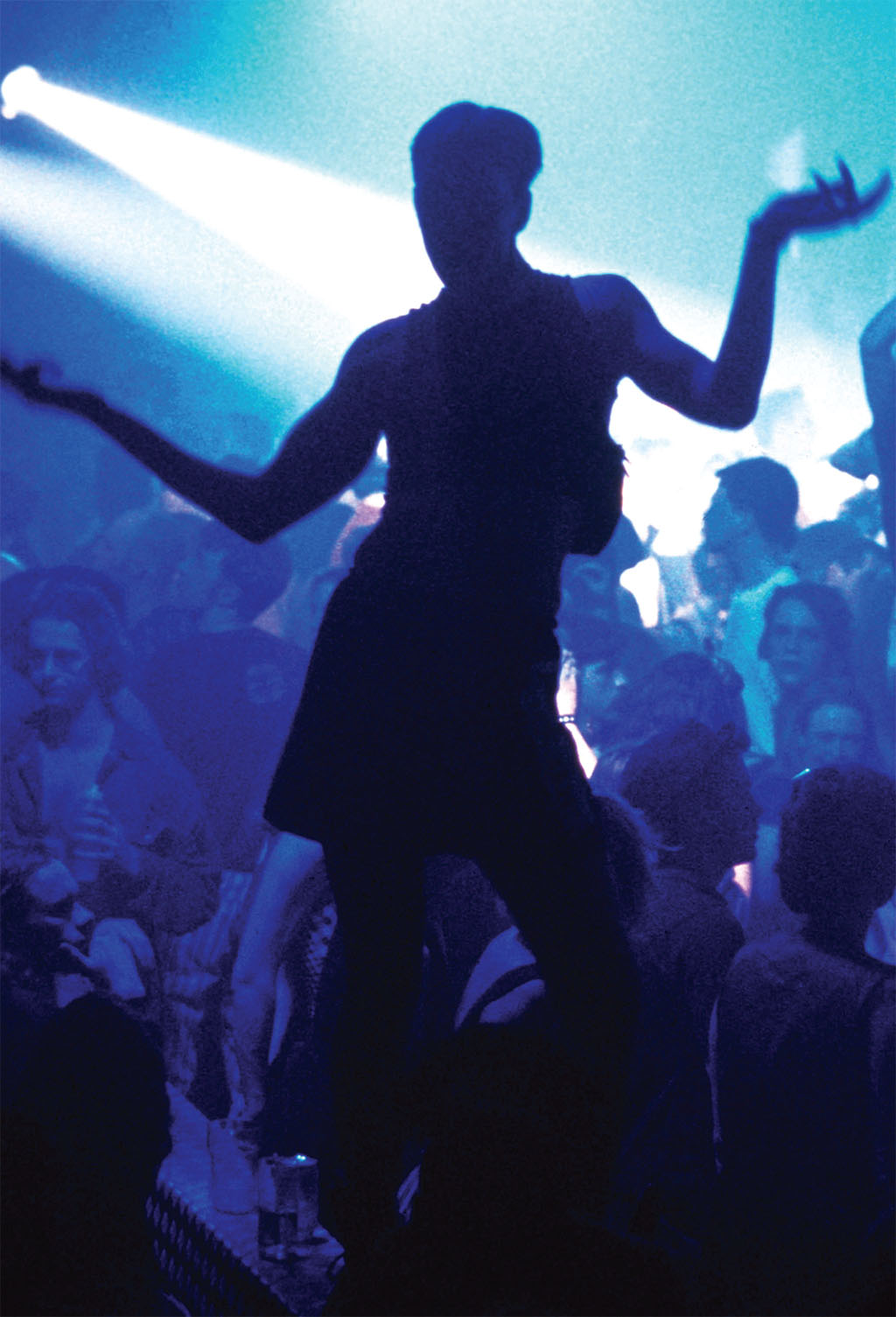
COURTESY OF MARKETING MANCHESTER
Manchester’s music is equally famed. In 1858 the Hallé Orchestra was the first permanent professional orchestra established in Britain, and today many critics regard it as the best of Britain’s symphony orchestras.
Certainly no orchestra could have a better performance space than the Bridgewater Hall. Built in 1996, it rises from the bank of the Manchester and Salford Junction Canal like the prow of a ship. The new Metrolink trams rumble just outside, and trains speed into nearby Oxford Street station, so the hall was cunningly constructed using earthquake proofing technology to prevent vibrations and noise. Indeed, the Bridgewater is a miracle of modern architecture. Beautiful and comfortable, it has astounding acoustics that make listening to even the most familiar piece of music a new auditory experience. The Manchester Camerata, one of the UK’s leading chamber orchestras, also makes the Bridgewater its home venue, and the Manchester-based BBC Philharmonic often plays there as well.
The Hallé was founded by Charles Hallé, a German immigrant who deplored Manchester folks’ preference for singing rather than listening to instrumental music. The love of song has never been lost. Since the 1960s, Manchester has given birth to one popular music group after another—the Hollies in the ’60s, Joy Division and New Order in the ’70s, and the Smiths, Simply Red, the Stone Roses and Happy Mondays in the ’80s.
The bands played in clubs such as the famed Hacienda, located in what had once been cotton warehouses or old mills. The clubs attracted hordes of fans, and “clubbing” became and remains a favorite night out in the city that pop music lovers call “Madchester.” Clubs come and go; bands fold and reform. Doves and Elbow have been favorites of the new century, and with more than 20 different record labels in the city, dozens of venues, including Manchester Academy at the University on Oxford Road, and a literally uncountable number of clubs, Manchester has become a place of pilgrimage for pop music lovers.
One reason why a lot of bands got started in Manchester is because the city was full of buildings left empty in the 20th century when industry fell victim to cheaper foreign competitors. Disused buildings became inexpensive venues for clubs and recording studios. Some became experimental theaters or art galleries; some have been used as restaurants or converted into stylish condominiums and offices. In this way the buildings that the cotton business produced have become the soil in which Manchester’s vigorous entertainment scene has grown.
The cotton industry also threw up buildings that continue to retain their original functions. As Manchester’s 18th- and 19th-century businessmen grew fabulously wealthy, they wanted to glorify the city that made them rich by beautifying it with imposing buildings like those of London. Other manufacturing cities shared their civic pride, and Liverpool, Leeds and Birmingham all have marvels of Victorian architecture. But none rivals Manchester’s triangular Town Hall, completed in 1877 and rightly described by John Bright, the city’s MP, as a “municipal palace.”

[caption id="ManchesterQueenoftheNorth_img8" align="aligncenter" width="1024"]
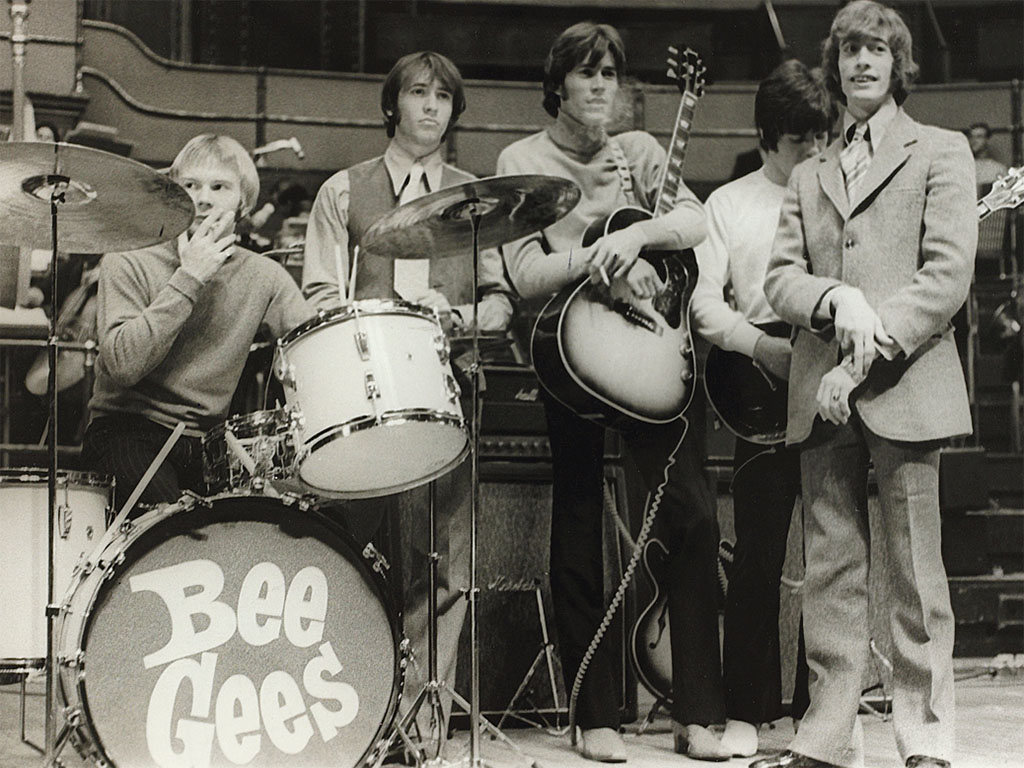
POPPERFOTO/ALAMY
Not wanting to imitate Liverpool, long a rival for predominance in the Northwest, Manchester eschewed the classical style favored there, and chose Gothic architecture for its Town Hall. The main tower on Albert Square rises like a church spire, but instead of a saint or cross at its pinnacle there sits a spiked golden ball representing both the cotton flower that had made the city wealthy and the sun that never set on Manchester’s products. Ornate Gothic stonework festoons the exterior of the building. Statues of the city’s founding fathers, including the Roman General Agricola, line the Princess Street side, while statues of Manchester scientists atomic theorist John Dalton and physicist James Prescott Joule sit inside. Six-petaled cotton flowers bloom in tile, mosaics and carvings, pairing with bee motifs to symbolize the raw material and the hard work that made Manchester rich. More reminders come in the Great Hall with paintings by Ford Madox Brown illustrating Manchester history, and ceiling panels gilded with the coats of arms of the United States and all the other countries with whom Manchester has traded.
John Ruskin called the Great Hall “the most truly magnificent Gothic apartment in Europe.” Almost as astonishing is the John Rylands Library on Deansgate. Built by Enriqueta Rylands, it is, like the Taj Mahal, a memorial to a beloved spouse, in this case, cotton merchant John Rylands. He had amassed a collection of theological books, and Enriqueta’s aim was to expand this collection and house it splendidly. The Reading Room looks like the nave of a Gothic church, with stained glass, rows of pointed arches and gleaming candelabra. The collection includes the oldest known fragment of the New Testament, the oldest printed material from Europe, a Gutenberg Bible, most of the work Caxton ever printed, a first edition of Shakespeare’s sonnets and numerous medieval manuscripts. Much expanded beyond Rylands’ original theological treatises, the library has 20, 000 Oriental manuscripts and documents in more than 40 languages. Its new extension, completed in 2006, was built by the same local firm Linfords, which built the original library (opened in 1900), and much of the stone was quarried in the same places.
Manchester has a long library history. Chetham’s Library and School on Long Millgate is the oldest complete building in the city, built in the 15th century to house the clergy of the Collegiate Church, now Manchester Cathedral. Since 1653 it has offered a free public library—the oldest public library anywhere. Most of its volumes date from the library’s founding, though it still collects books of local interest. For works of every era, the Central Library on St. Peter’s Square has 20 miles of books and is the largest municipal library in Britain, while the Portico Library, built in 1806 on Mosley Street, is the country’s oldest subscription library.
These libraries witness Manchester’s interest in ideas. Nowhere is this better expressed than in the Free Trade Hall, the only building in the UK named after a philosophical principle.
Free Trade was the touchstone argument of the 19th-century Manchester school of economics. Businessmen argued fiercely that only by pursuing their interests unfettered by government regulation could business succeed. Richard Cobden and John Bright were proponents who led a further argument against England’s Corn Laws, which protected England’s wheat growers by excise taxes on imported grain. When the local harvest was poor, the effect was famine, and Manchester’s cotton workers were its victims—not good for business at all! After the Corn Laws were repealed in 1846, the celebratory Free Trade Hall was built to a Renaissance design with the coats of arms of all the Lancashire towns that had supported Free Trade on the exterior.
[caption id="ManchesterQueenoftheNorth_img9" align="aligncenter" width="1024"]

GETTY IMAGES
Free Trade was and remains one of the crucial arguments of economic and social thinking. Deeply associated with Manchester, it provoked angry responses from the working people it impoverished. From the early 19th century, cotton workers argued for restrictions on working hours, for the right to form trades unions and for better housing conditions. Thus while the Manchester businessmen and economists advocated laissez faire, the opposition they generated finally achieved almost all the social legislation it campaigned for. Eventually the first Trades Union Congress was held in Manchester in 1868, and it was Emmeline Pankhurst of Manchester who in 1903 created the Women’s Social and Political Union that spearheaded the suffragist demand for votes for women. Her Georgian home, now the Pankhurst Centre in Nelson Street, has displays that trace the work of Pankhurst and the movement.
The varied ideas and values Manchester generated profoundly affected Britain. Today’s political debates about how much the government should legislate for social and economic welfare go back to the economic realities of the Industrial Revolution, which were most strongly expressed in Manchester. The Labour Party’s Annual Conference was held in Manchester in 2006 explicitly to reinforce the association of the city with reformist thinking. Britain’s most liberal newspaper, The Guardian, was founded in the 1820s to support religious and civil liberty by Mancunian John Edward Taylor and for most of its history was called The Manchester Guardian.
Manchester also retains the ability to think big that was as much an essential fuel of its industrial might as the supplies of cotton and coal. Such statistics as having the biggest library, the richest soccer team and the best orchestra derive from Manchester’s can-do attitude.
One of the best contemporary examples of this is the redevelopment of the Manchester Ship Canal. Completed in 1894 and the biggest engineering project undertaken in Britain in the 19th century, it linked Manchester directly to the sea at Eastham, allowing ships to bring their cargoes of cotton and other goods directly to Salford rather than unloading in Liverpool, 35 miles away. Now that they are unneeded, the Salford Quays have been redeveloped in the most monumental of modern styles. The Lowry, named after Salford’s great artist of the northern industrial scene, L.S. Lowry, cost £94 million. As well as housing the finest collection of Lowry’s paintings, it incorporates a theater, shop and restaurant. Opposite there is an outlet mall, continuing Manchester’s long association with clothing by offering famous brands (including Marks and Spencer) cheap. Across the canal and reached by a white 92-meter lift bridge that allows the pleasure boats that ferry visitors up the canal to pass below, is the handsome but deliberately disconcerting northern branch of the Imperial War Museum. Designed by Daniel Libeskind as three giant shards of the globe torn apart by war, it focuses on the experience of living through such a cataclysm with 360-degree audiovisual presentations that position the visitor in the middle of a conflict.
Getting to Salford Quays from the center of Manchester is easy. When traffic began to snarl up the city in the late 20th century, Manchester reintroduced trams. Called Metrolink, the trams now provide easy transport throughout the city and its inner suburbs. Visitors traveling to Manchester by car can reach it via the M63 spur of the M60. Trains from London reach Manchester in 2 hours and 15 minutes.
[caption id="ManchesterQueenoftheNorth_img10" align="aligncenter" width="1024"]
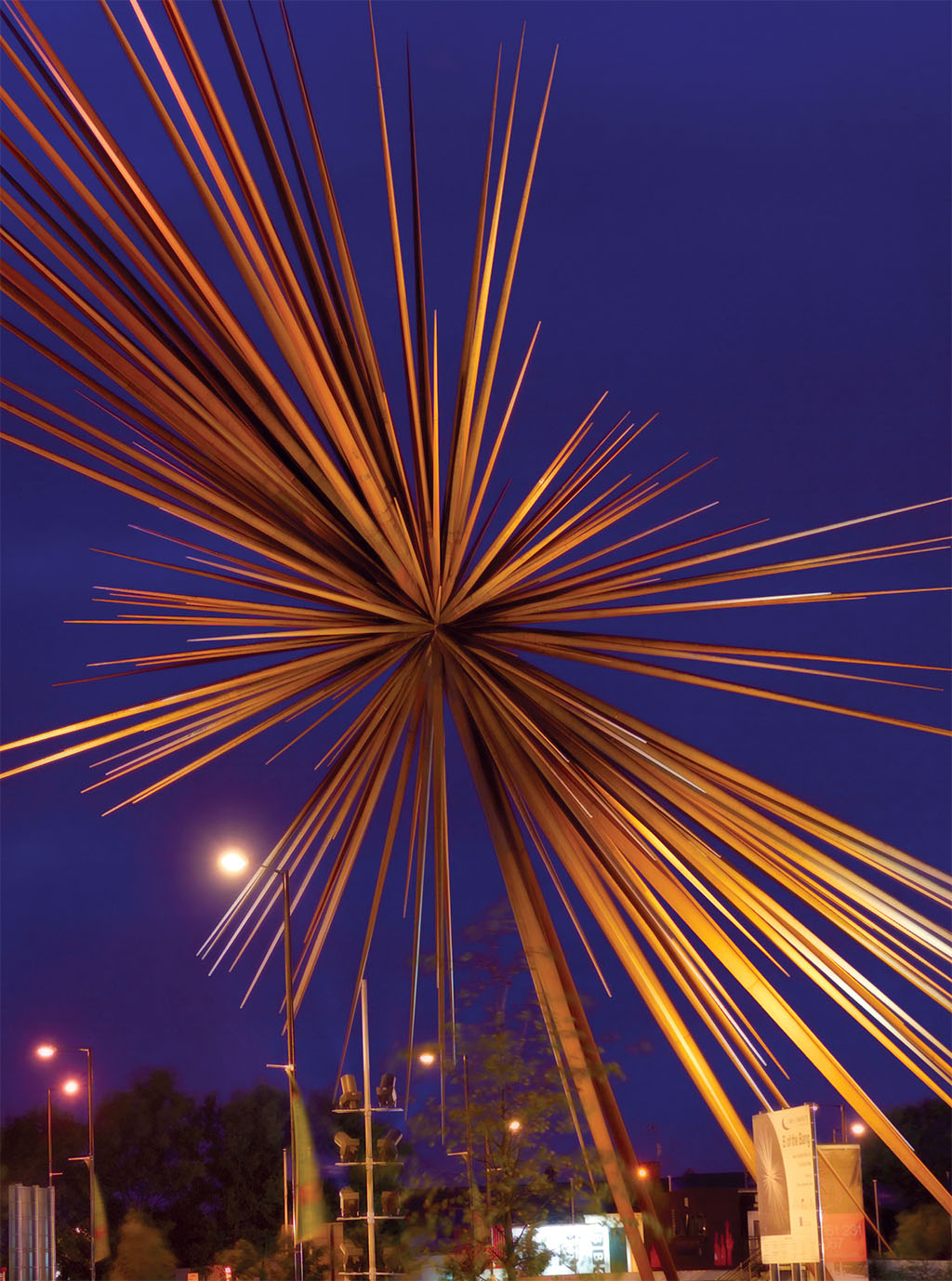





Comments